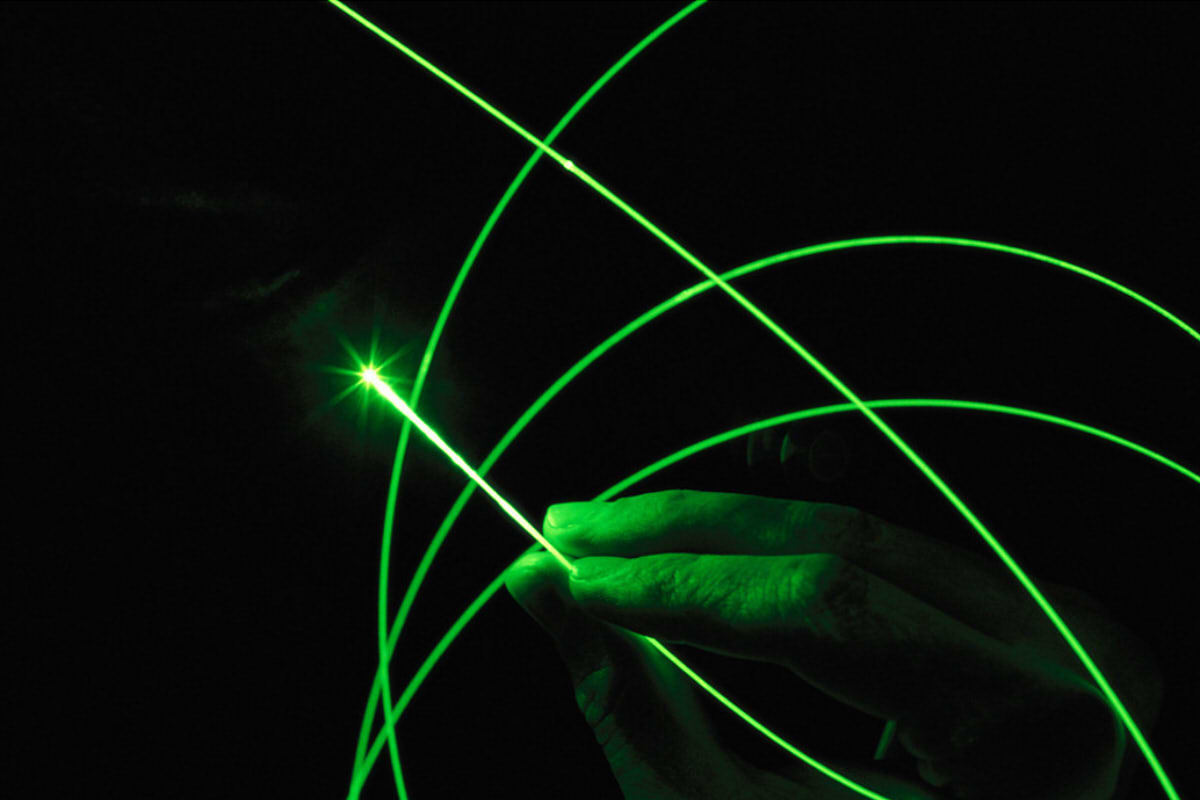In long-distance fiber optic communication systems, the transmission characteristics of the optical fiber must be stable over time. Especially buried long-distance trunk cables and submarine cable systems, place higher demands on the service life of optical fibers. Usually, for the useful life of the terrestrial fiber optic cables, it is expected that there will be more than 20 years of safe use. While, for submarine fiber optic cables, progress has been made in demanding that their life expectancy increase to more than 25 years, with an average of 10 years required between failures.
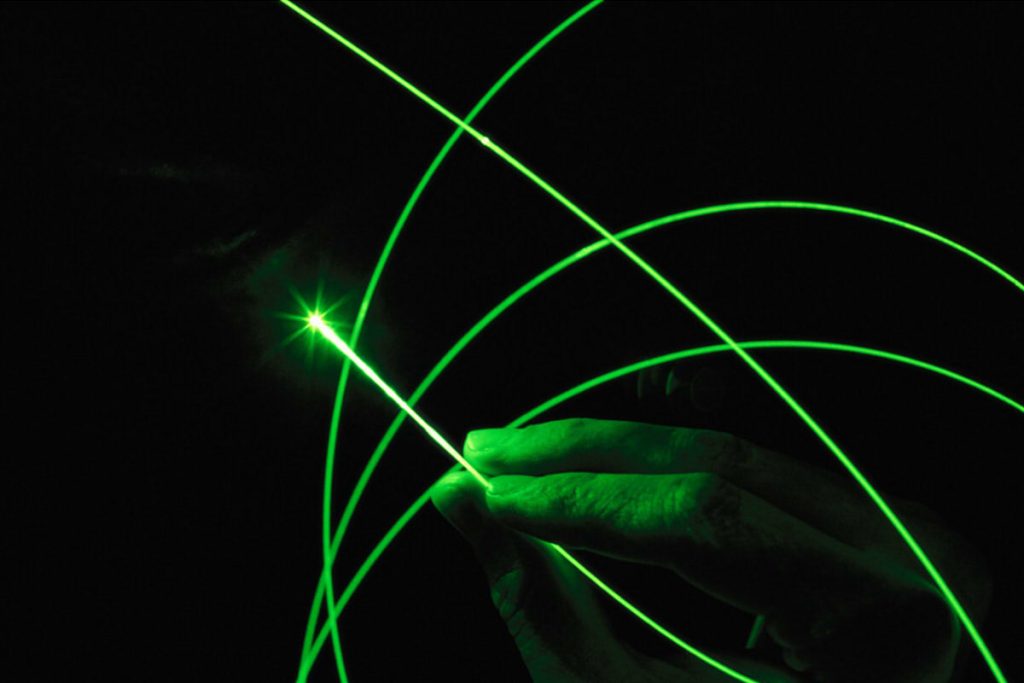
Table of Contents
- Factors That Affect the Useful Life of Optical Fibers
- Selection of Optical Fibers: Key to Lifespan
- International Standards and References
- Research and Development for Extended Life
- The Future of Fiber Optic Lifespan
- Conclusion
Factors That Affect the Useful Life of Optical Fibers
Fiber Optic Quality
The quality of the optical fiber is a fundamental factor that influences its useful life. Microcracks on the surface of the fiber and erosion caused by water molecules and vapor in the atmospheric environment can gradually weaken the mechanical strength of the fiber.. These microdefects can result in an increase in attenuation and a decrease in data transmission capacity.. Therefore, Selecting high-quality fibers with superior mechanical and optical properties is crucial to ensure long service life.
Usage Environment
The environment in which an optical fiber is deployed also plays a fundamental role in its useful life.. climatic conditions, the temperature, Humidity and other environmental factors can affect fiber integrity. For example, in cold regions, it is necessary to select optical fibers with low temperature characteristics to avoid fading problems caused by exposure to extreme cold. The choice of fiber structure and outer sheath materials must be adapted to the specific environmental conditions.
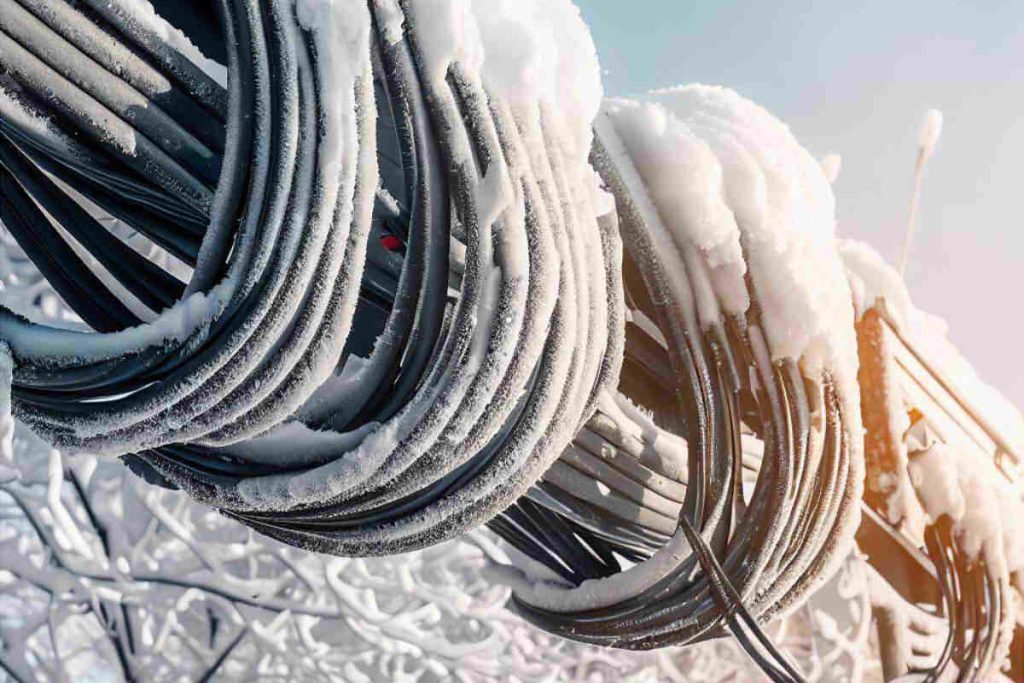
Use and Maintenance
Handling, Proper installation and maintenance also influence the lifespan of optical fibers. Rough handling, excessive bending or improper pulling can damage the fibers and reduce their lifespan. Besides, Installation environment and maintenance practices must be carefully considered to avoid physical or chemical damage to the fibers. Early detection and resolution of problems are essential to ensure the long-term integrity of optical fibers.
Selection of Optical Fibers: Key to Lifespan
The proper choice of optical fibers is a fundamental step to ensure long life and optimal performance in communication networks.. Here are some things to consider when selecting optical fibers:
Working Wavelength
The selection of the working wavelength of the optical fiber should be based on the typical transmission characteristics of the fiber. Public communication networks generally use single mode fibers for greater efficiency. The choice of operating wavelength must also take into account the availability of optimal transmission windows., as the wavelength of 1.3 µm with low attenuation and dispersion coefficient.
Environmental conditions
The environmental conditions of the communication project should also guide the choice of optical fibers. Core structure selection, outer shell materials and mechanical properties must be tailored to the specific environment.
Specific Requirements
User specific requirements, such as the need for hybrid cables that combine optical fibers and copper conductors, must be considered in the selection of fibers. These special needs should be discussed with optical cable manufacturers to ensure technical and performance requirements are met..
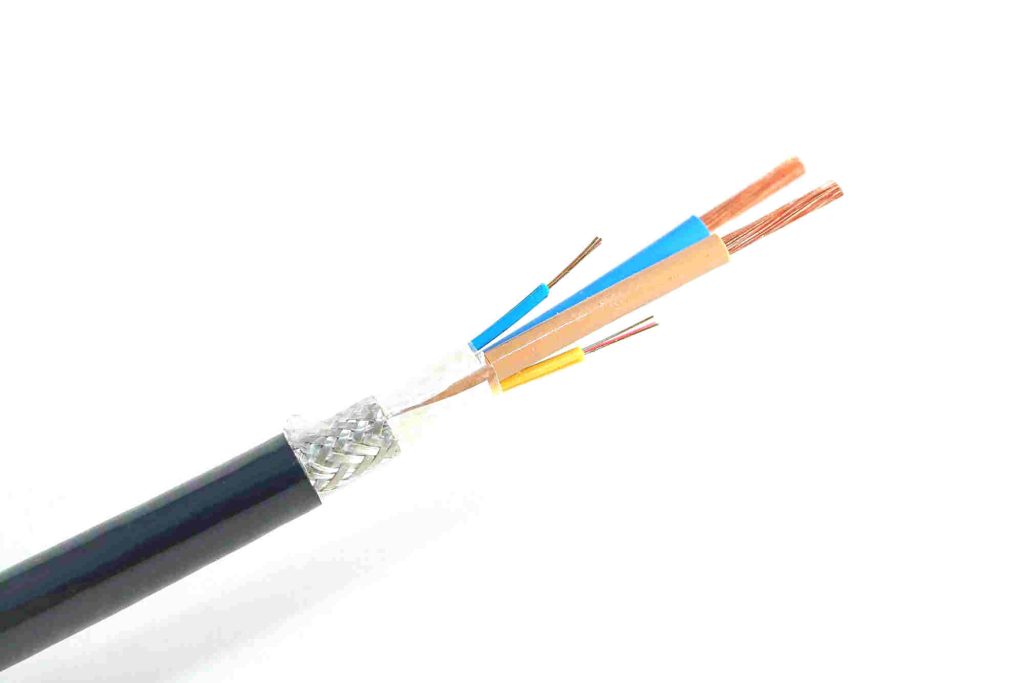
External factors
External factors, such as lightning protection, rodents, termites and other elements, should also be considered when selecting optical fibers. For submarine fiber optic applications, water resistance, pressure and resistance to marine elements are crucial to ensure long-term durability.
International Standards and References
Although there is no clear national standard for the evaluation of the useful life of optical fibers, At an international level, some reference standards have already been established. The United States Federal Communications Commission (FCC) requires that the designed lifetime of optical fibers be greater than 20 years. The European testing organization TUV SUD recommends that the useful life of optical fibers be greater than 25 years. These standards provide guidelines to ensure the quality and long-term durability of optical fibers in communication networks..
Research and Development for Extended Life
Research into the useful life of optical fibers focuses on two main dimensions: mechanical reliability and optical reliability.
In terms of mechanical reliability, theoretical analysis models are used such as the model IEC TR 62048 to establish life evaluation models based on fatigue experiments and Weibull distribution. This allows failure rates and performance to be predicted over time.
Regarding optical reliability, fiber optic attenuation is a crucial point. Experiments are performed to test attenuation at specific wavelengths under dry heat conditions, immersion in water, high temperature and high humidity. These experiments validate the long-term reliability of optical fibers. Nevertheless, It is important to note that differences in the selection of materials and manufacturing processes can generate deviations between the theoretical values and the actual useful life of the fibers..
The Future of Fiber Optic Lifespan
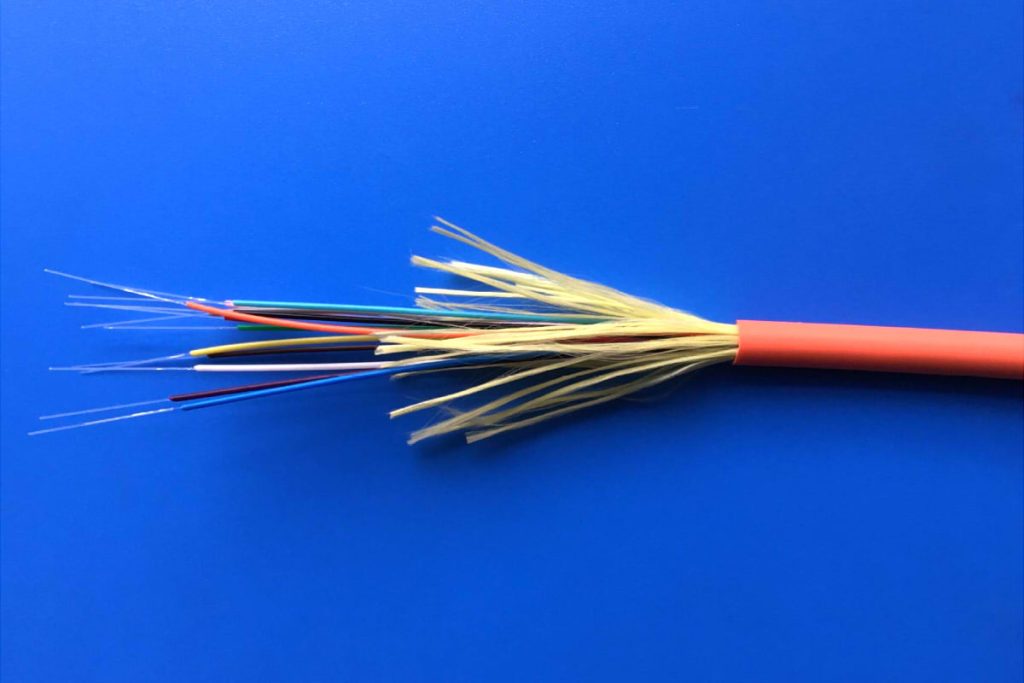
As technology continues to advance and connectivity demands grow, the lifespan of optical fibers becomes even more crucial. Ongoing research and development seeks to optimize the mechanical and optical reliability of the fibers, as well as extend its useful life to meet the future needs of communication networks. Collaboration between manufacturers, researchers and regulatory bodies is essential to ensure that optical fibers remain a solid foundation for global connectivity for decades to come.
Conclusion
The useful life of optical fibers is a critical aspect for the reliable and efficient operation of modern communication networks.. From fiber quality to the right choice according to the specific environment and requirements, Each step in the implementation of optical fibers influences its durability and long-term performance. Through continuous research and the adoption of international standards, The industry strives to ensure that optical fibers remain the backbone of our communications in the future, connecting the world faster and more reliably than ever.

